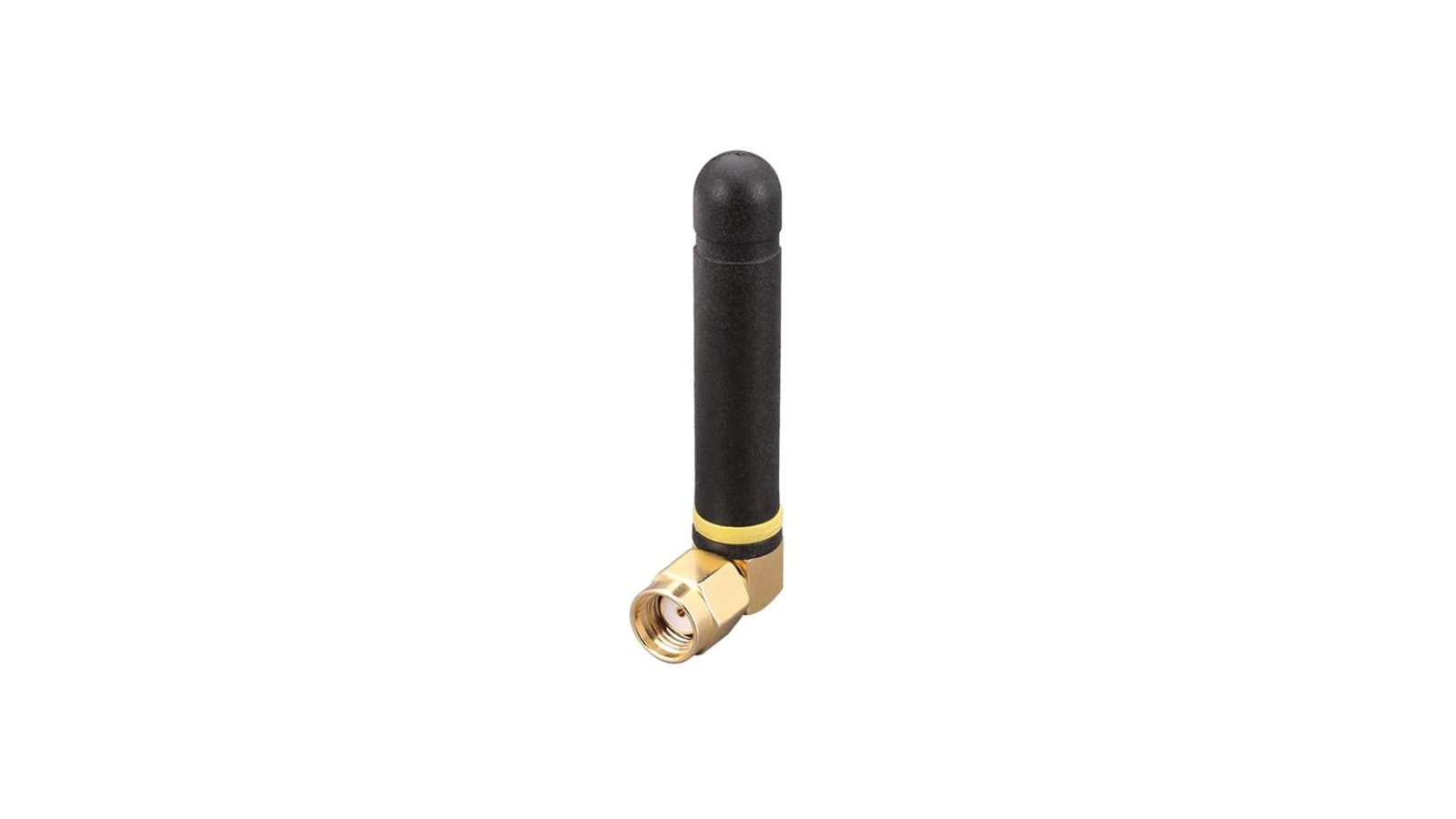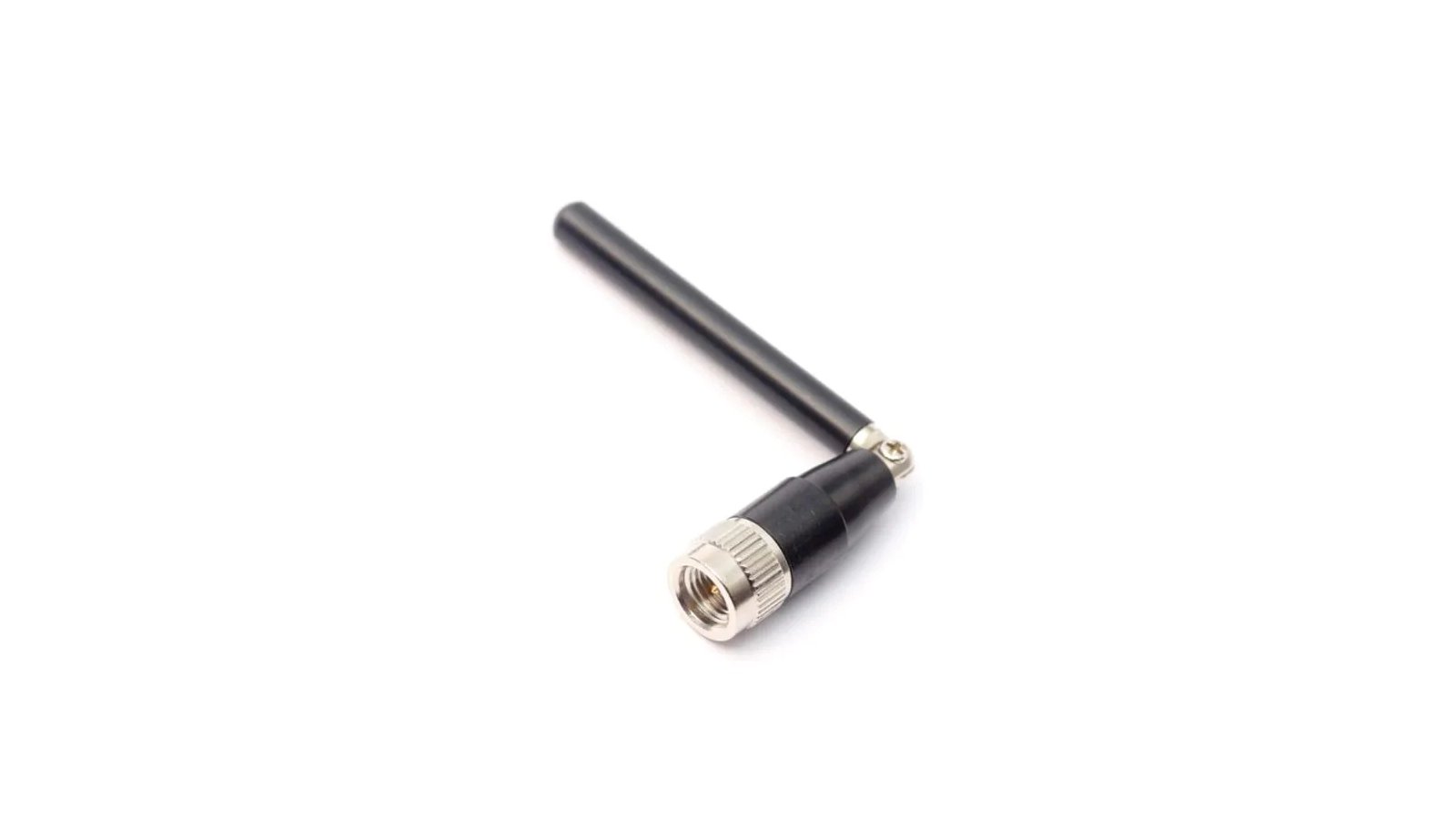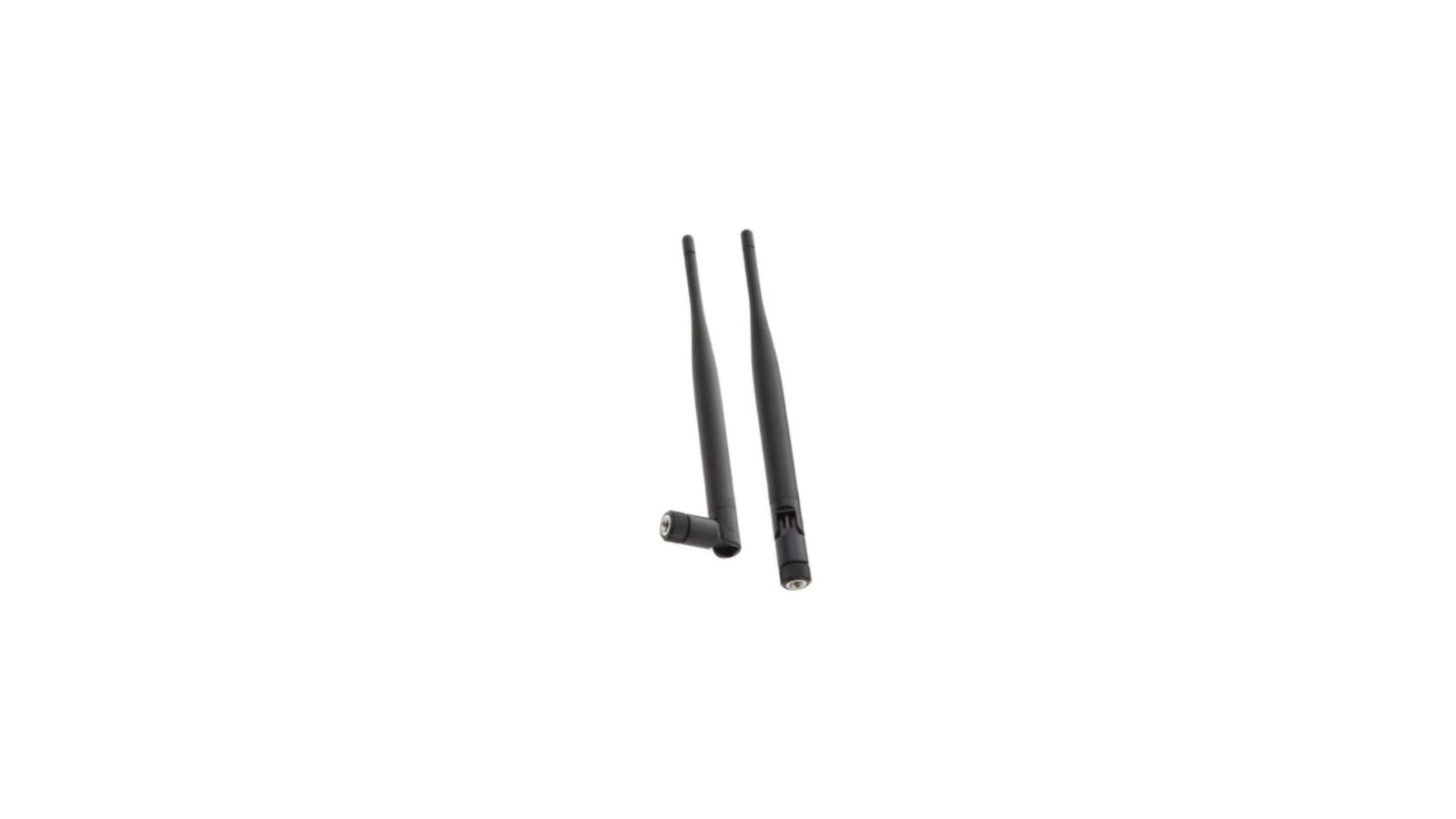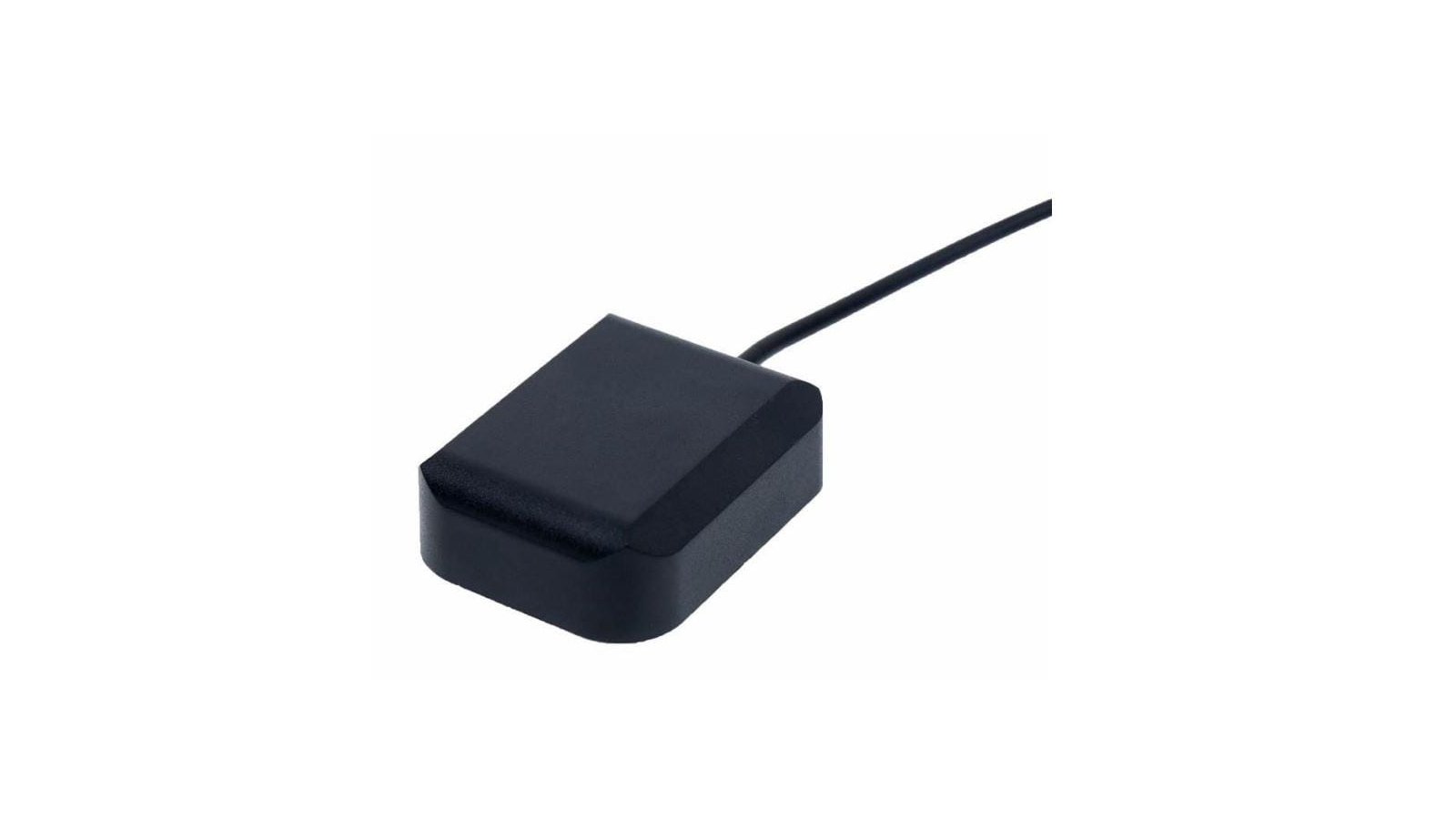Wavelet Lab
Software Defined Radio
Wavelet Lab
Software Defined Radio
xMASS SDR is a modular, high-performance MIMO transceiver optimized for industrial, academic, and advanced software-defined radio (SDR) applications. It features 8 RX and 8 TX channels that can be synchronized. Its modular design enables simple maintenance and facilitates the creation of high-order MIMO systems using well-established building blocks.
xMASS SDR is outfitted with four detachable xSDR boards based on the LMS7002 RFIC. It also includes metal mounting brackets, cabling for all TRX/RX ports as well as the GPS port, and a dedicated board to synchronize the xSDR units. Each individual xSDR board facilitates two transmit channels and two receive channels. By synchronizing multiple xMASS SDR systems, the channel capacity can be effectively doubled, allowing for up to 16 transmit and 16 receive channels simultaneously.
The system can operate at up to approximately 60 MSPS per eight channels in sustained mode or up to approximately 100 MSPS per four channels, which is ideal for 4G and 5G applications.
Unlike entry-level MIMO systems, xMASS SDR can transmit signals as well as receiving them. Its functionality extends beyond just direction finding and comprehensive spectrum monitoring. xMASS SDR is well suited for developing sophisticated 4G or 5G solutions using srsRAN, Amarisoft, and other multi-user communication systems. Through beamforming, xMASS SDR enables focused transmission toward a specific location without requiring physical antenna adjustment. As an example of its versatility, you could use the first and second SDR boards for 4G, the third for PMR, and the fourth for spectrum monitoring.
| xMASS SDR | XYNC Quadro | SIDEKIQ™ VPX400 | KrakenSDR | |
|---|---|---|---|---|
| Host interface | PCIe | PCIe | 3U VPX | USB 2.0 |
| Bandwidth | Up to 100 MSPS | up to 80 MSPS | 200 - 450 MSPS | 2.56 MSPS |
| Channels | 8 RX / 8 TX | 8 RX / 8 TX | 4 RX / 4 TX | 5 RX |
| Frequency Range | 30 - 3800 MHz | 30 - 3800 MHz | 70 - 6 GHz | 24 - 1766 MHz |
| Capable of 4G/5G cellular communication | Yes | Yes | Yes | No |
| Radio Direction Finding | Yes | Yes | Yes | Yes |
| Beamforming | Yes | Yes | Yes | No |
| Open Source | Core SW & FPGA | Core SW & FPGA | No | Core SW |
| Modular design | Yes | Yes (but messy) | No | No |
| Lifecycle | Active | EoL | Active | Active |
| Price (USD) | $3,900 | $4,500 | $20,000+ | $499 |
We’ve made two revisions of xSDR, and it’s now a mature and well-tested module. It has the same M.2 breakout as uSDR. While they share the same M.2 2230 key A+E form factor, they have different RFICs: uSDR uses an LMS6002D while xSDR uses an LMS7002M.
xSDR’s M.2 pins 62 and 64 are routed to the LMS7002M’s LNA3 port, which allows for the alignment of the modules without breaking RF RX/TRX paths.
We use TI’s LMK05318 clock synchronization IC to feed a reference clock (optionally 1 PPS or 10 MHz or GPS tamed) to all modules. It has a BAW that provides an ultra-low-jitter clock source as a reference. The xSDR module in slot A is the controller, issuing synchronization commands for the whole array. These commands are distributed across all xSDR boards (and then sent back to the controller), which allows for time synchronization within the clock cycle across all modules. RF is trickier, since the LMS7002M doesn’t have built-in capabilities for local oscillation (LO) or digital decimation or interpolation filter synchronization. There are a couple different methods that could be used for calibration and tweaking. We use external sources for all modules on RX, estimate phase difference, and apply correction in the baseband. Once RX is synchronized, we use RX-TX loopback to calibrate TX. We are continuing to work on improving calibration.
xMASS and xSDR share the same host code base as our standard uSDR board, which was released under the MIT license, and our universal support libraries are hosted on GitHub, which allows for an easy transition from uSDR to xMASS with minimal software modification requirements. FPGA gateware is released under the CERN-OHL-P-2.0 license and can also be found on GitHub.
Our pre-built packages are hosted on Launchpad, and our documentation can be found here.
Our goal is to make sure that all well-known software out there is being tested on the device. xMASS currently supports the following software:
We are also working on LimeSuiteNG support for xMASS.
We are proud to be manufacturing xMASS here in the United States, and we already have everything we need to deliver the first ten units quickly. We have streamlined our manufacturing process, as well, so we don’t expect any issues producing additional units either. We’ll keep you updated about our manufacturing schedule through regular campaign updates.
Mouser Electronics, will be handling distribution to backers worldwide. You can learn more about Crowd Supply’s fulfillment service under Ordering, Paying, and Shipping in their guide.
We have significant experience with electronics production and have made plans to mitigate the usual risks. We are working closely with suppliers to ensure that we will be able to source the parts we need and have already stocked sufficient quantity to cover expected demand. We’ll keep you informed through campaign updates as additional arrangements take shape.
xMASS SDR is part of Lime SDR Accelerator
xMASS SDR is part of AMD FPGA Playground
XC7A35T-2CPG236C
· FPGA
one of the smallest and most cost-effective FPGAs available
"The board comes in a modular PCIe form factor, with 4x FPGAs, and GPS/PPS clock sync input. The system is designed in mind for 4G/5G applications but should be useful for other applications too."
Produced by Wavelet Lab in Boston, USA.
Sold and shipped by Crowd Supply.

High-performance, 8x8 MIMO, PCIe software-defined radio (SDR) board. Comes with a metal PCIe bracket, a heatsink, and 16 HF4-to-SMA-F cables (1.13 mm thick and 15 cm long)

From the Crowd Supply Basics project.
A high-efficiency Taoglas TG.55.8113W tilt/swivel monopole whip antenna with an SMA connector covering 600 MHz - 6 GHz, including 4G and 5G bands.

From the Crowd Supply Basics project.
Abracon External Antennas exhibit low return loss characteristics, high gain, and Low Voltage Standing Ratio (VSWR). These external antennas are linearly polarized and come in a low profile package.

From the Crowd Supply Basics project.
916 MHz ISM Right Angle SMA Connector (LoRaWAN, HaLow, IoT Low-Profile Whip) by Linx Technologies

From the Crowd Supply Basics project.
A TG.09 4G/3G/2G cellular hinged SMA(M) mount monopole antenna.

From the Crowd Supply Basics project.
One single 433MHz Swivel Stick Dipole – SMA-M Stick Antenna by Pulse. (Image includes two antenna to show swivel capability.)

From the Crowd Supply Basics project.
A 20 dBb gain antenna suitable for GPS, GNSS, GLONASS, Galileo, and Beidou that has a magnetic mount and 3 m cable with an SMA connector. Manufactured by Pulse, part number GNSSMMSMA.

· usdr_pro · usdr.pro · wavelet-lab
Our team has been working with digital signal processing (DSP) and software-defined radio (SDR) for the past decade. We leverage that experience to bring the quality and usability of related hardware to the next level, lowering barriers to entry for new members of this growing industry while continuing to support its core developer community.